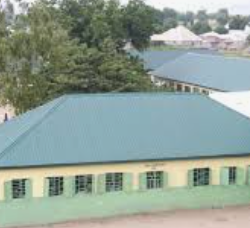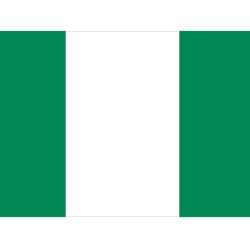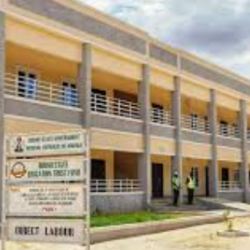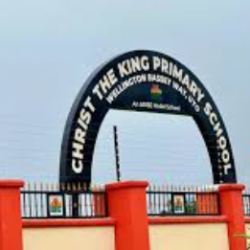Gidan Dan Hausa
Gidan Dan Hausa is an example of Hausa traditional mud-walled architecture which was built in 1905 as the former and restored home of Hans Vischer, a Swiss – born teacher who contributed much to Nigeria’s education system during colonial times. He was appointed Director of Education for Northern Nigeria by the colonial authorities and by 1914 had established over 1,000 primary schools in the north including one in the grounds of the house. He was known as “Dan Hausa” “son of Hausa” because he spoke the language so well.
Kano State History Museum

Gidan Dan Hausa
Today the house is an interesting museum with rooms dedicated to arts and crafts, Durbar costumes and gowns previously worn by Emirs.
Kano Emir’s Palace

Gidan Rumfa
Also known as “a settlement within a settlement”, the palace was created by Abudullahi Bayero, the father of the late Alhaji Ado Bayero (Emir of Kano). This present day Emir’s palace provides an insight into the typical Hausa architectural design that has been existence for well over five hundred years.
Ancient Kano City Walls

Kano Badala
The Ancient Kano City Walls were ancient defensive walls built to protect the inhabitants of the ancient city of Kano. The wall was built between 1095 through 1134 and completed in the middle of the 14th century. The Ancient Kano City Walls were described as “‘impressive monument in West Africa”. According to historians, the then General-Governor of the Colony and Protectorate of Nigeria, Fredrick Lugard, wrote in a 1903 report about the Kano Walls that he had “never seen anything like it in Africa” after capturing the ancient city of Kano along with British forces
Ancient Dye Pit

Kofar Mata Marina
The Kano indigo-vegetable dyeing pits ae one of the most fascinating aspects of the old city. Various designs are folded into the material before dyeing and the fabric is often beaten to achieve the shiny, indescent appearance. The techniques employed to obtain this look are unmatched around the world. And, although the methods they use are ancient, these lush works of art on fabric always remain extremely popular and continue to be in great demand.
Kano
Kano is a city in northern Nigeria and the capital of Kano State.
It is the second largest city in Nigeria after Lagos, with over four million citizens living within 449 km2 (173 sq mi).


The major inhabitants of the city are the Hausa people.
Centuries ago, Kano was largely cosmopolitan with settled populations of Arab, Berber, Tuareg, Kanuri and Fula and remains so with the Hausa language spoken by many residents.
It is the traditional state of the Dabo dynasty who have ruled as emirs over the city-state since the 19th century.
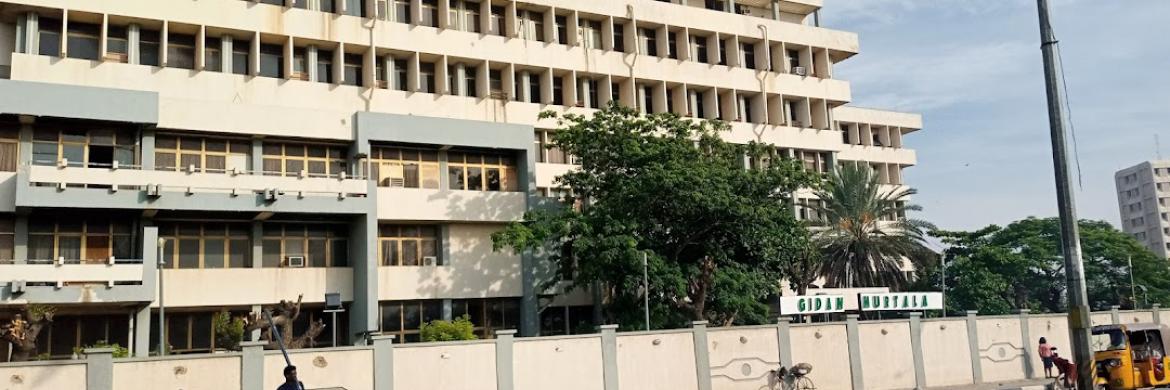
The city is one of the seven medieval Hausa kingdoms.
Located in the Savanna, south of the Sahel, Kano is a major route of the trans-Saharan trade, having been a trade and human settlement for many years.
Prior to the creation of Kano State in 1967, it was the largest Hausa Kingdom in Africa that is currently 1000 years old, based on an ancient settlement around Dala Hill.


According to the Kano Chronicle, Bagauda, a grandson of the mythical hero Bayajidda. became the first king of Kano in 999AD, reigning until 1063AD.
Muhammad Rumfa ascended to the throne in 1463 and reigned until 1499.
During his reign he reformed the city, expanded the Sahelian Gidan Rumfa (Emir’s Palace), and played a role in the further Islamization of the city as he urged prominent residents to convert.
The Hausa state remained independent until the Fulani conquest of 1805.


At the beginning of the 19th century, Fulani Islamic leader Usman dan Fodio led a jihad affecting much of northern Nigeria, leading to the emergence of the Sokoto Caliphate.
Kano became the largest and most prosperous province of the empire.
In March, 1903 after a scanty resistance, the Fort of Kano was captured by the British, It quickly replaced Lokoja as the administrative centre of Northern Nigeria.
It was replaced as the centre of government by Zungeru and later Kaduna and only regained administrative significance with the creation of Kano State following Nigerian independence in 1960.
After independence, Kano state was created in 1967 from the then Northern Nigeria by the Federal military government.
The first military police commissioner, Audu Bako, is credited with building a solid foundation for the progress of a modern society. Most of the social amenities in the state are credited to him.
